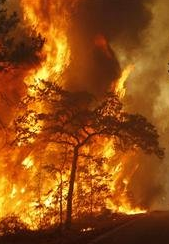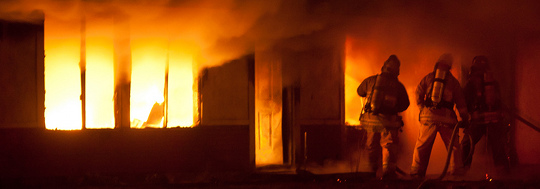In Texas wildfires in just the last week:
- At least two people have perished.
- At least 1,626 homes have been destroyed.
- The Texas Forest Service has had to respond to 176 fires covering over 126,800 acres.
Our top priority is to ensure every claim we receive is handled quickly so that your clients can begin to rebuild their lives as soon as possible.
Together We Can Do Even More Though
iMGA will donate $10 to the central Texas chapter of the Red Cross for every new policy you write with us during the month of September. Simply issue the policy and make sure the down payment is applied between now and the end of the month to have your effort add $10 to the total.
In addition we will match all direct donations by any of our agents to the American Red Cross of Central Texas (up to $500 total) and we will make sure that our collective donations are earmarked for wildfire disaster relief.
Thank you very much for helping the fire victims in any way that you can.
Please help us make a big difference in as many lives as possible.
***UPDATE:
To those of our agents who have already made a donation and emailed us the receipt – THANK YOU!!!! To those who have not yet, there is still plenty of time – just make your donation and email us a copy of the receipt.

